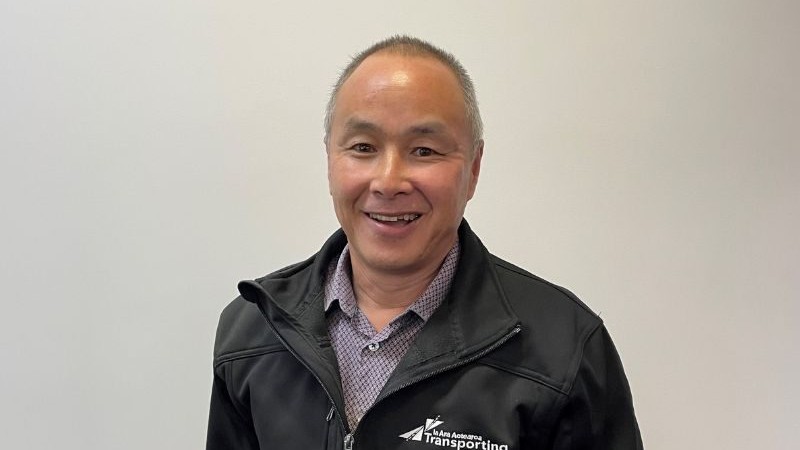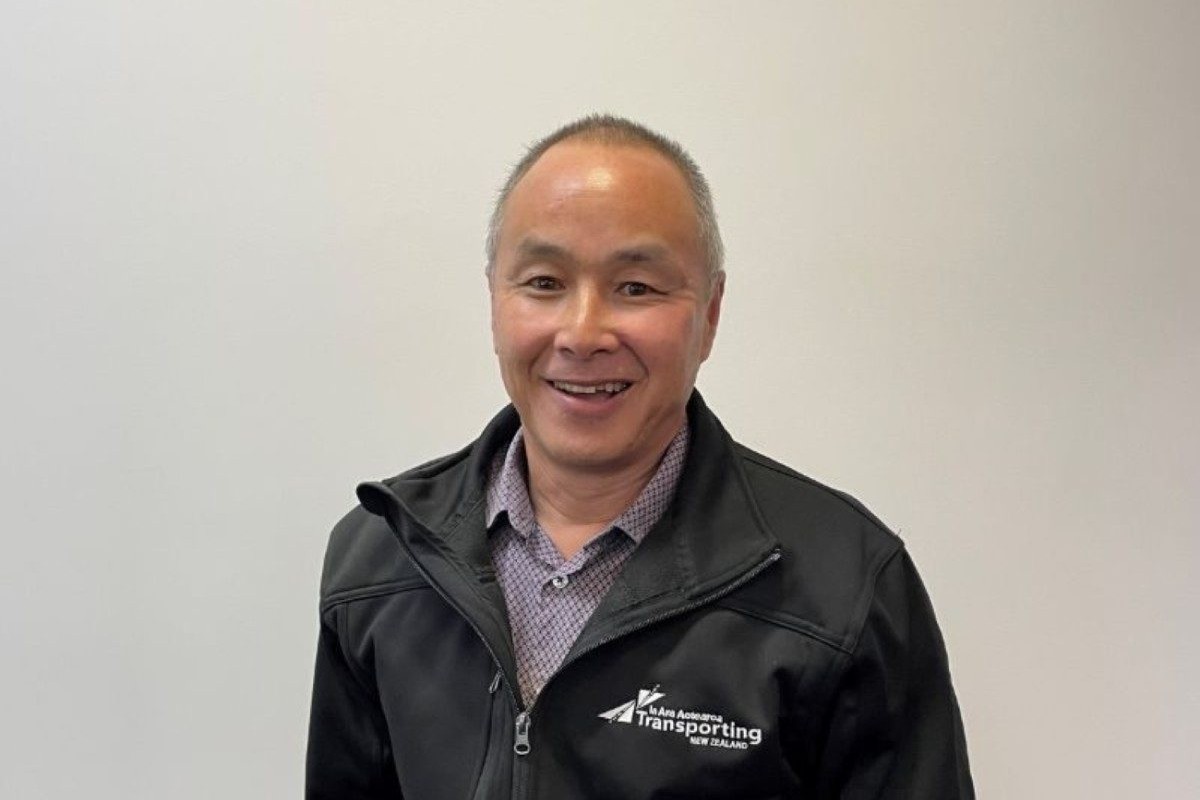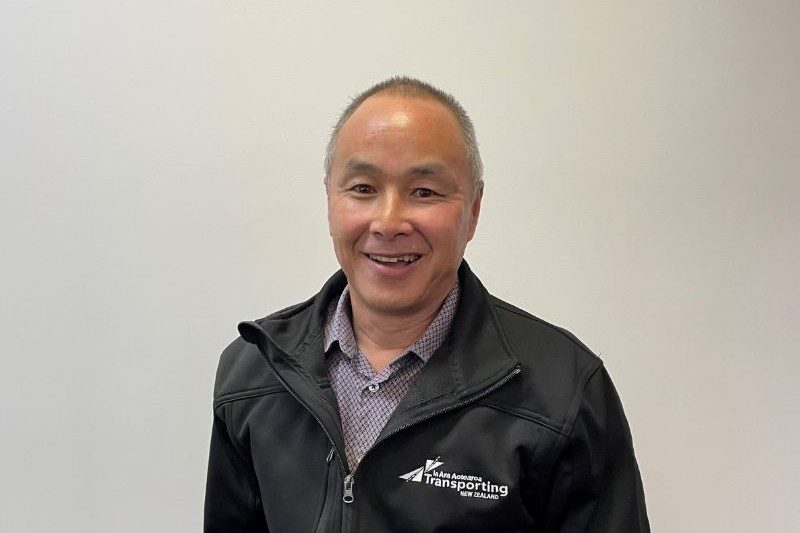Call for political parties to commit to transport priorities
The general election is just months away. While we cannot predict the result, it looks highly likely that it will be very close, and who gets to form the next government will depend on skilful coalition building among the political parties. Do they have what it takes to deliver – for New Zealand Inc., its people, the economy and the road transport industry?
‘A Changing World’, Transporting New Zealand’s annual conference, held at Lower Hutt’s Event Centre from June 28 to 29, provided an opportunity to hear from the politicians and transport spokespeople from the major political parties.
The name of the conference underscored the huge challenges facing our industry: from the economy and rising costs to the increasing impact of severe weather events, the need to build more resilient roads, technological change and the challenges of attracting new people into the industry.
Other conference highlights included independent economist Cameron Bagrie’s hard-hitting take on the state of the economy and the fiscal headwinds facing the next government; keynote speakers Phil O’Reilly (former head of Business NZ) and Katherine Rich (recently departed chief executive of the Food and Grocery Council); management consultant Mike Kyne; and executive director of MITO-Te Pukenga, Verna Niao.
Whatever your politics, we can all agree there are no easy fixes to New Zealand’s transport systems. Nevertheless, Ia Ara Aotearoa Transporting New Zealand wants to ensure the politicians hear what we are saying and make decisions based on sound advice. This is why we have released the Transporting New Zealand Road Transport Industry Platform for the general election. It sets out five policy priorities: people, productivity, safety, decarbonisation and resilience (for full details, see our website, transporting.nz).
This election platform represents the views of our members and focuses on realistic and pragmatic policies and projects. Some of the specifics include:
• an inflation-adjusted and real-term 10% annual increase in roading maintenance budgets each year for three years over the life of the next Parliament to allow a catch-up in improving the state of our roads;
• a targeted approach to speed management in high-risk areas, rather than blanket reductions;
• a partnership with industry to boost engagement in the Road to success traineeship and driver qualification to develop our local workforce;
• accelerated tax depreciation for low- and zero-emission vehicles, including Euro-6 and high-productivity motor vehicles.
Budget promises key spending targets
Last month, Finance Minister Grant Robertson delivered his ‘no-frills’ Wellbeing Budget. It dedicated $279 million of funding specifically to improve the resilience of the state highway network. This funding is on top of the $71 billion set aside for broader infrastructure upgrades over the next five years and the $475 million dedicated to rebuilding road and rail links following the storms and cyclones that impacted the North Island.
We were pleased the government sees roading resilience as a priority. With severe weather events becoming more frequent and roads being the vital links between our communities, increasing investment in roading is critical to ensure it is as resilient as possible.
However, there is much more to do as part of the State Highway Resilience Plan, and yet, we don’t really know how the government plans to deliver on it. Make no mistake: Cyclone Gabrielle, as devastating as it was, will not be the last high-impact severe weather event we experience, and it is likely such events will become more frequent in the future. We are keen to hear more about the planning going into coping with these events as well as seeing the government and Waka Kotahi actually walking the talk when it comes to delivering on projects.
Another Budget 2023 initiative I’m also extremely supportive of is the new fund to provide grants towards the purchase of low-emissions heavy vehicles. It’s hoped that the $30 million fund will result in 500 low-emission heavy vehicles hitting the road over three years. It also fits within the provisions of our Green Compact, which is our road map for decarbonising commercial road transport by 2050.
New cost model to assist operators
There’s no doubt that controlling costs is a big priority for all of us, not just the government. As an industry, we have our own work to do in managing costs. This is where the new Transporting New Zealand Cost Model can offer real practical help to members.
Our Cost Model is one tool in a programme to increase financial literacy in the sector and make people’s businesses more successful. Regional and sector manager Mike McRandle and his team have been working hard on this project and will continue to work hard on rolling the tool out to the industry in the coming months.
Improving the industry’s understanding of its cost pressures is an important structural change that will make a real difference to road transport businesses – which, as we all know, literally keep the economy and communities running.




